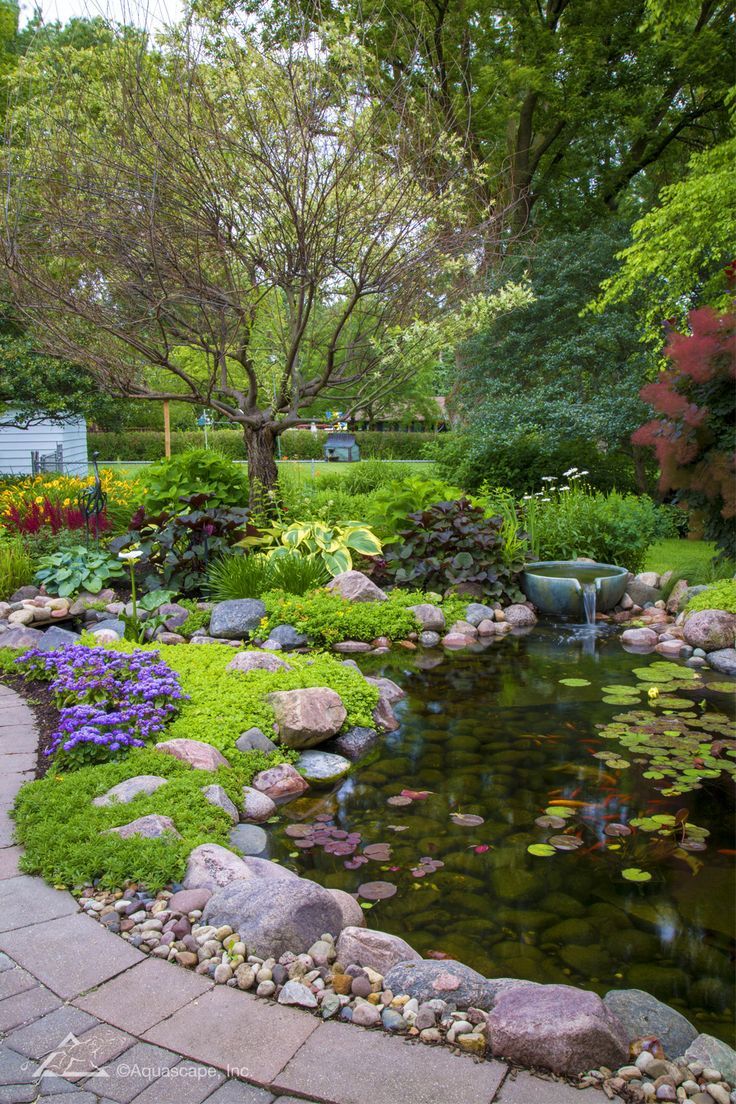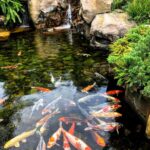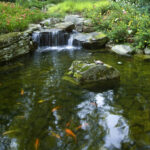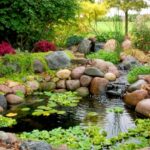Pond design is a crucial element in creating a beautiful and functional outdoor space. Whether you are looking to add a pond to your backyard or redesign an existing one, there are several key factors to consider in order to achieve the desired result. From size and shape to plant selection and maintenance, pond design requires careful planning and attention to detail.
One of the first considerations when designing a pond is its size and shape. The size of the pond should be proportionate to the overall space available, and the shape can be tailored to fit the aesthetic of the surrounding landscape. Rectangular and oval shapes are common choices for formal ponds, while naturalistic ponds often have irregular shapes with curves and varying depths to mimic nature.
Incorporating aquatic plants into pond design is another important aspect to consider. Plants not only add visual interest and beauty to the pond, but they also provide oxygen, food, and shelter for fish and other wildlife. When selecting plants, it is important to choose a mix of submerged, floating, and emergent species to create a balanced ecosystem. Plants like water lilies, lotus, and cattails are popular choices for their beauty and ability to thrive in water.
The filtration and circulation system is another critical component of pond design. A properly designed filtration system helps maintain water quality by removing debris and excess nutrients, while a circulation system ensures oxygenation and prevents stagnation. Features like waterfalls, fountains, and aeration devices can enhance both the visual appeal and functionality of the pond by providing movement and aeration.
In addition to plants and filtration systems, the materials used for the pond construction are also important considerations in design. Liners made of rubber or EPDM are commonly used for their durability and flexibility, while natural materials like rocks and gravel can be used to create a more naturalistic look. Incorporating elements like stepping stones, bridges, and lighting can also enhance the overall design and functionality of the pond.
Finally, proper maintenance is essential to keep the pond healthy and thriving. Regular cleaning, pruning of plants, and monitoring water quality are all necessary tasks to ensure the longevity of the pond. By following these guidelines and incorporating thoughtful design elements, you can create a pond that not only enhances your outdoor space but also provides a habitat for wildlife and a place of relaxation and serenity.
















